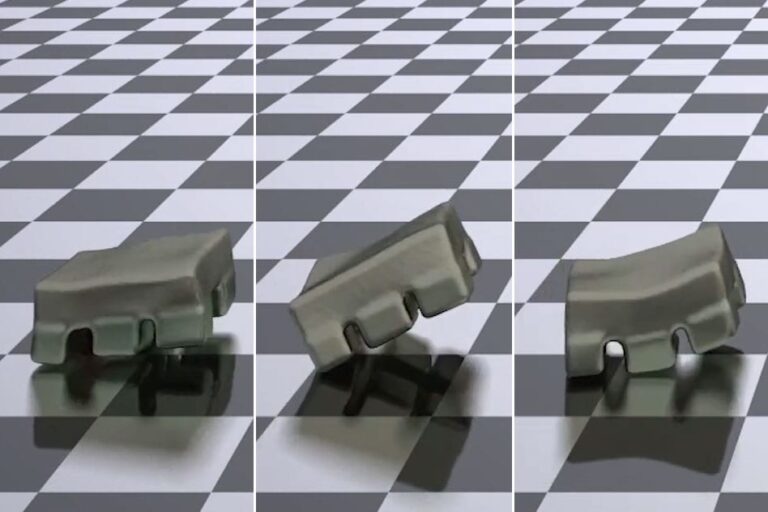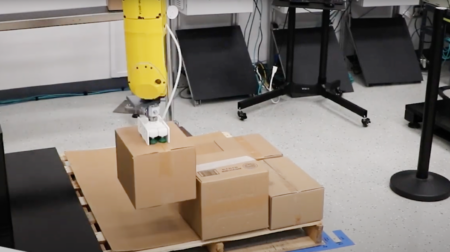MIT researchers have developed a way to efficiently optimise the control and design of soft robots for target tasks, which has traditionally been a monumental undertaking in computation.
Soft robots have springy, flexible, stretchy bodies that can essentially move an infinite number of ways at any given moment. Computationally, this represents a highly complex “state representation”, which describes how each part of the robot is moving.
State representations for soft robots can have potentially millions of dimensions, making it difficult to calculate the optimal way to make a robot complete complex tasks.
However, MIT’s model learns a compact, or “low-dimensional”, yet detailed state representation, based on the underlying physics of the robot and its environment, among other factors, to iteratively co-optimise movement control and material design parameters catered to specific tasks.
“Soft robots are infinite-dimensional creatures that bend in a billion different ways at any given moment,” said Andrew Spielberg, a graduate student in MIT’s Computer Science and Artificial Intelligence Laboratory (CSAIL).
“But, in truth, there are natural ways soft objects are likely to bend. We find the natural states of soft robots can be described very compactly in a low-dimensional description.
“We optimise control and design of soft robots by learning a good description of the likely states.”
In simulations, the model enabled 2D and 3D soft robots to complete tasks — such as moving certain distances or reaching a target spot —more quickly and accurately than current state-of-the-art methods. The researchers next plan to implement the model in real soft robots.








